During these challenging times, you probably have more free time on your hands than you are accustomed to as a musician and creative artist. This may be a great time for you to explore different creative modalities or other mediums of expression. These could enhance your ability to hear new approaches as you play, compose, or arrange.
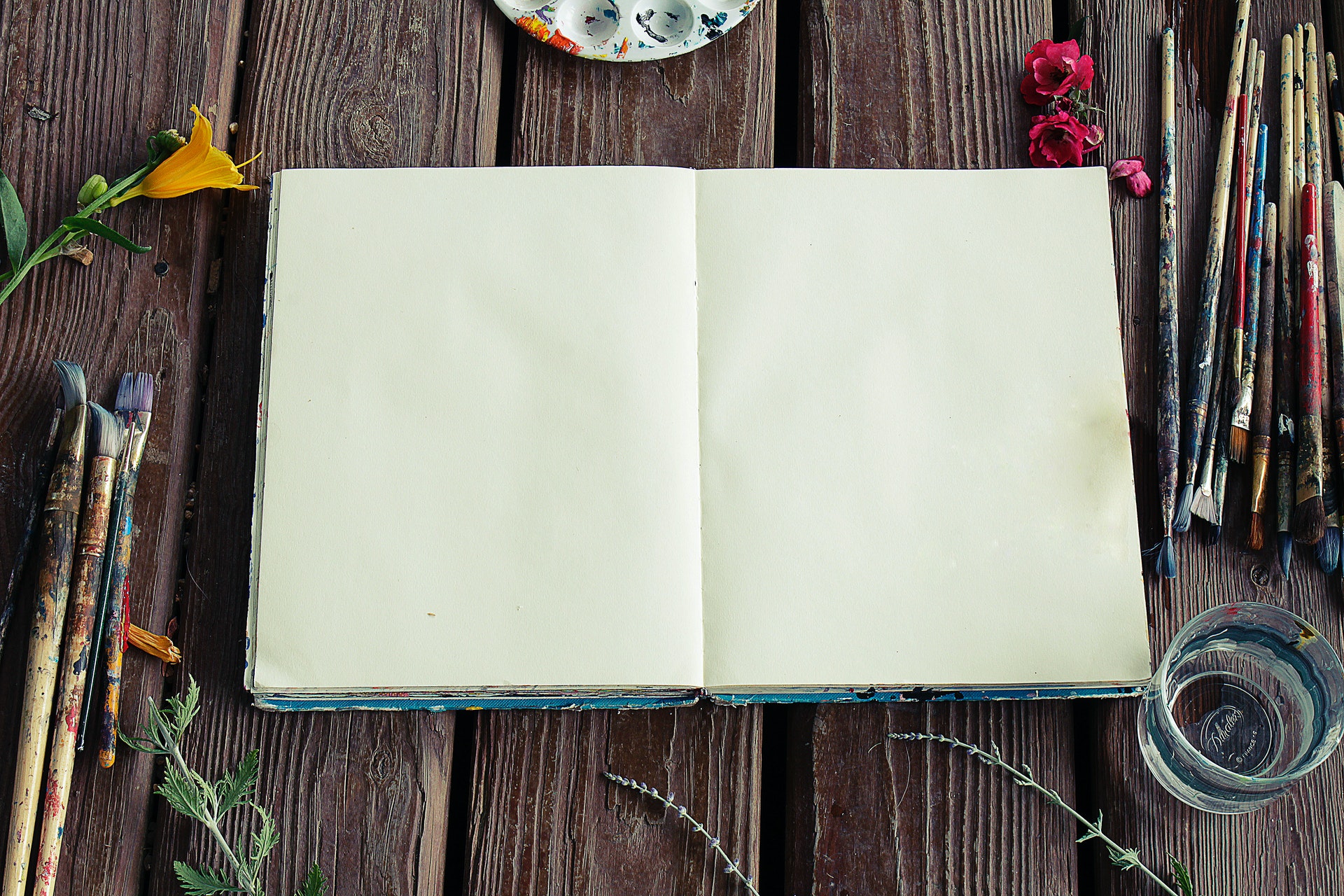
We can learn many helpful lessons about creativity from Leonardo Da Vinci. He was mostly self-taught after working with his one teacher, Andrea del Verrocchio, when he was an apprentice. Leonardo was highly creative and ventured into many disciplines including sculpting, painting, anatomy, architecture, engineering, and aeronautics. His creative genius was the result of his strong will, imagination, patience, and ability to think differently from everyone else. Da Vinci had a childlike sense of wonder, awe, and relentless curiosity about the world around him. He was able to envision things that did not yet exist.
In order to increase your creativity and be more like Da Vinci, allow yourself time to daydream with no fixed agenda or time limit. Be open to a spectrum of ideas and a meandering course of thoughts. Let the line between reality and fantasy blur, as you engage in possibility thinking. Permit your mind to wander into foreign areas and explore what is beyond the realms of conventional ideas, images, sounds, and forms.
Pablo Picasso used three main strategies to create his revolutionary art form: bending, breaking, and blending. Bending involves changing the regular size, shape, form, structure, or configuration of physical objects. Picasso used this technique as he depicted human bodies, features, and faces. These alterations on the regular appearance of things resulted in new perceptions outside of ordinary consciousness. Check out Picasso’s work Les Demoiselles d’Avignon to see what he did.
His next strategy was breaking, which involves taking something whole and fragmenting it into smaller chunks before reassembling the pieces in a new way. With Cubism, Picasso divided visual objects into smaller bits and then rearranged them in a somewhat coherent puzzle of objects viewed from different angles and perspectives. You can observe breaking in Picasso’s famous Guernica.
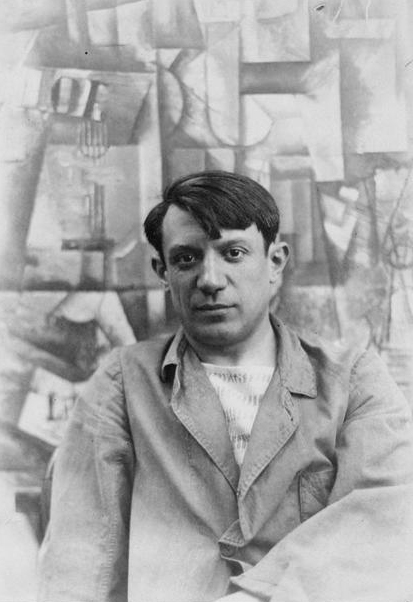
The third creative strategy you can try is blending. This is combining two or more different ideas in unusual ways that results in a unique entity. It is connecting the dots between seemingly opposite and distinct units. Blending can involve leaving out concepts or objects that are normally present, or adding things that don’t seem to fit into the visual field or belong in the cognitive context. This can be observed in Picasso’s self portraits, in which he added African masks and Iberian sculptures in the background.
There are several things that can block or delay the creative process. One of the main hindrances to creativity is perfectionism. If you are waiting for everything to be just right before you begin, you could wait a long time. Imperfection can lead to unexpected, interesting, and novel results. Get moving down new paths that can take you into unexplored territory and different experiences. Another block to creativity is a preoccupation with the functional, financial, or practical aspects of the finished work. The third major impediment to fostering new ideas is over-reliance on the left brain and its intellectual abilities.
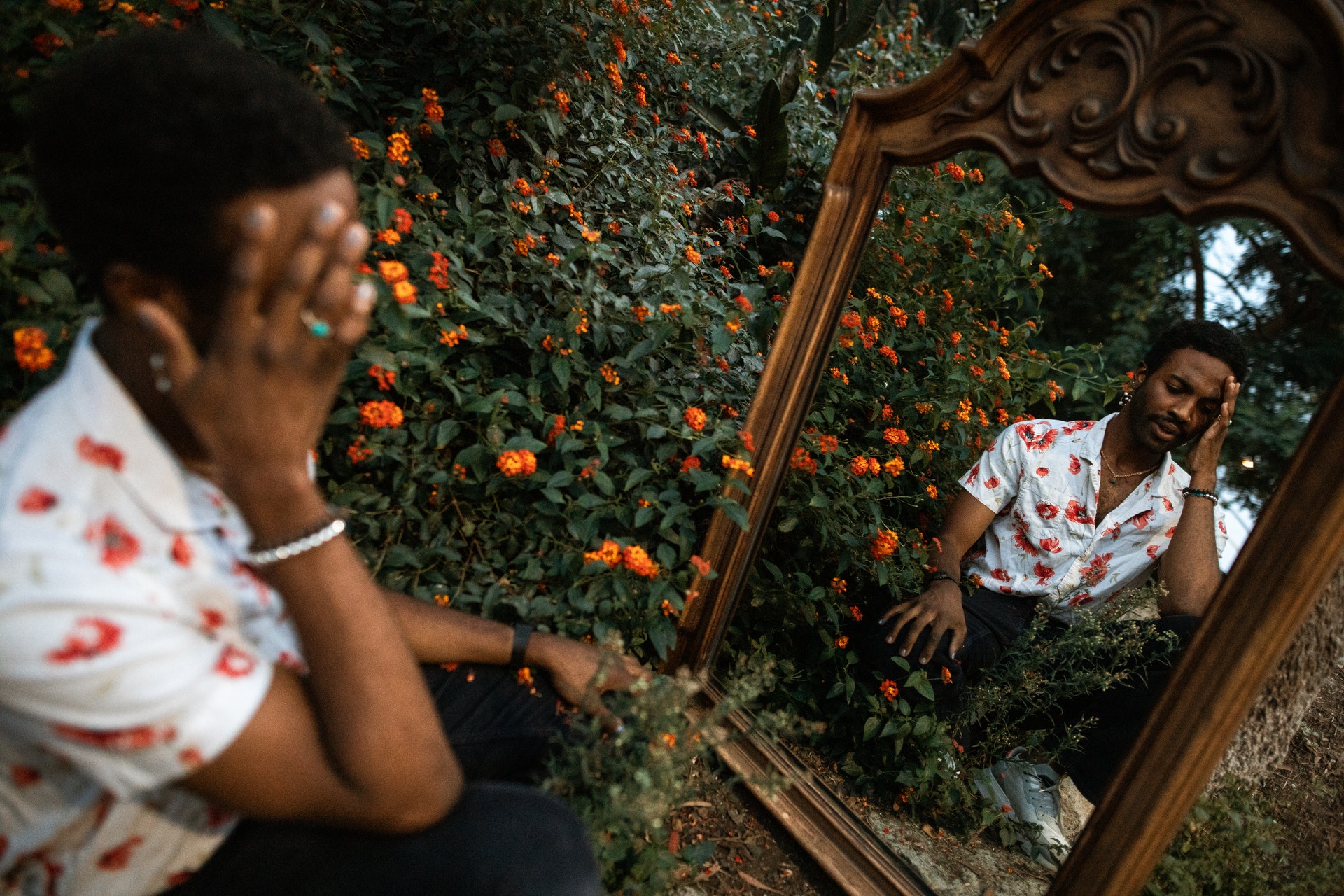
The left hemisphere of the cerebral cortex thinks in terms of words and numbers. This part of our brains does executive functioning. This involves a set of cognitive skills including organizing, analyzing, prioritizing, computing, and planning. The left brain is the domain of attorneys, mathematicians, and systems engineers (very few of whom are regarded as being highly creative). In order to create music, art, or other mediums of expression, you need to be in your right brain.
The right hemisphere perceives internal and external reality through images, sounds, and physical sensations. It is the domain of creative artists in almost all crafts, who are able to imagine the process and various outcomes of their efforts before they ever begin to compose, arrange, or paint. The right brain is also the source of our intuition, which can serve as a guide through unknown territory if you are willing to trust and follow its guidance.
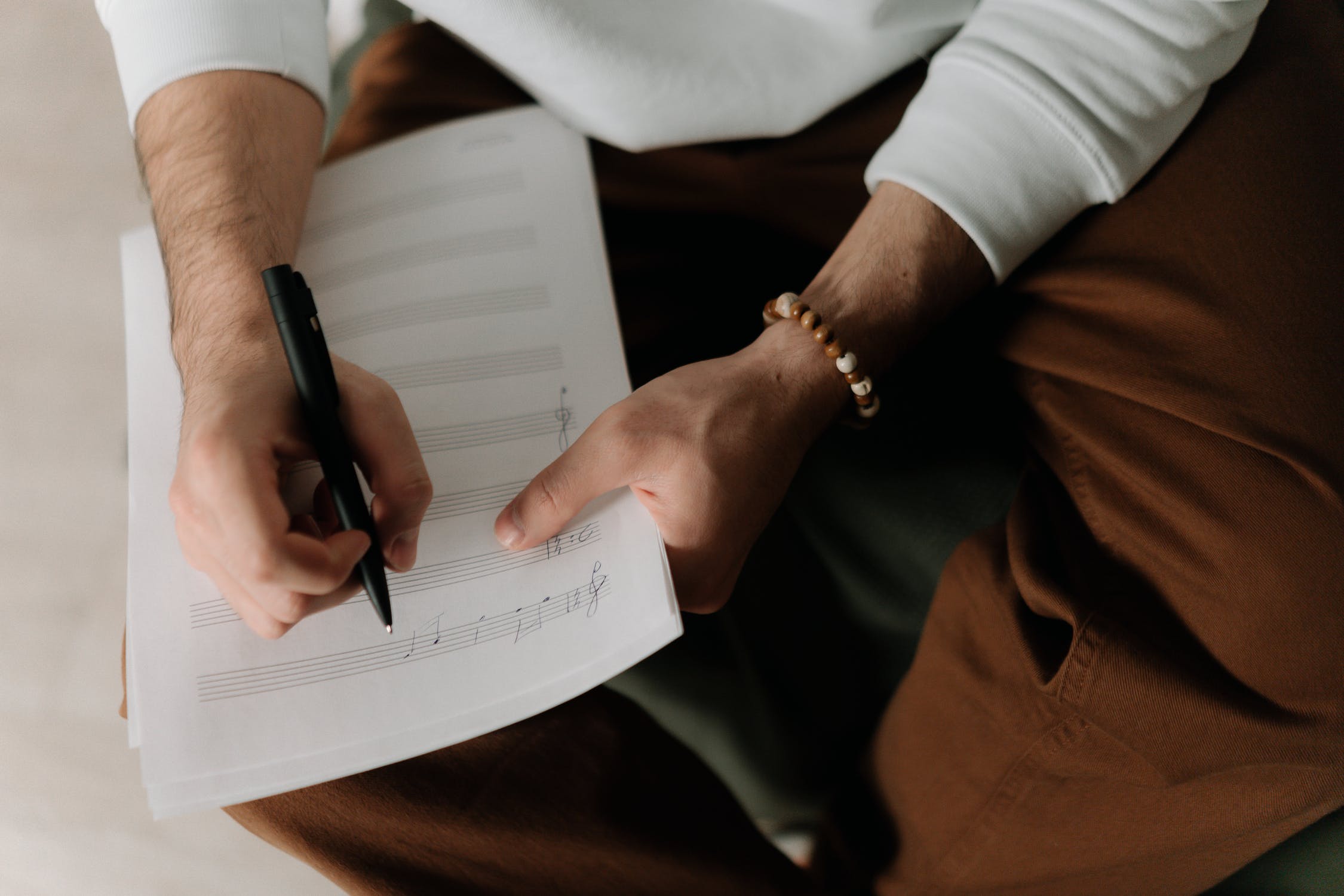
Emotions can also be a powerful source of creativity, if you have the courage to go down the rabbit hole and see where they lead. These energized feelings come from the amygdala in the limbic system or primitive brain. Love, fear, and other feelings such as anger, frustration, optimism, or happiness arise from our emotional base. There are many outlets for creatively expressing emotions, including music, art, or writing.
Any creative project will require considerable effort or serious work to bring it to final completion. Along the way, important ingredients in the creative process are fun, spontaneity, and flexibility. You can clearly see these ingredients watching children who are free to play. These elements reduce cortisol, which is a stress hormone, and they release neurochemicals like endorphins and serotonin into the nervous system. These make us feel happier.
Here are some creative activities that you might explore while Covid-19 continues:
- music (composing, arranging, learning a new instrument, music videos)
- art (drawing, painting, pastels, sketching, chalk, oils, acrylic, watercolor, airbrushing, face painting, decoupage, origami)
- sculpting (clay, metal, pottery, wood carving, polymer clay)
- dancing,choreography
- acting
- stand-up comedy
- photography
- graphic design
- animation
- videography, film
- web design
- cooking
- fashion design
- scrapbooking
- card making
- jewelry making
- scale modeling (trains, cars, planes, ships)
- doll houses/doll making
- gardening (bonsai, terrariums, planting flowers, growing vegetables)
- floral arranging
- flower pressing
- candle making
- sewing, knitting, hand embroidery, crochet, quilting, macrame, weaving, string art, lace making
- glass blowing, glass etching
- leather crafting
- writing (journaling, non-fiction, poetry, play, satire, short story, children’s book, humor, fantasy, science fiction, crime novel, romance, thriller, mystery, movie/tv scripts)
